 | |||||||||||||||
| Hanging around Prague. |
We woke late and made our way out into the city,
looking at what Prague has been and is becoming.
Kafka used to take the same walk.
“The dark corners, the secretive passages, the dirty, impenetrable
windows, dingy courtyards, noisy pubs, and closed taverns still live within
us. We walk through the wide streets of
the newly built city. Yet our steps and
glances are unsure. Inwardly we still
tremble as we did in the old narrow streets of misery. Our hearts still do not sense anything of the
renewal which was carried out. The
unhealthy Jewish ghetto is more palpable in us then the hygienic new city
around us. Awake, we are wandering through
the dream, we ourselves just specters od times past,” Frank Kafka.
We walked through modern Prague thinking about the
layers of Prague that are there, turned past post the opera house where Mozart
premiered Don Giovanni, walked past a casino, made our way past the gothic
Powder Tower and the Arts Nouveau Municipal House, wandered through the market,
could not find what we were looking for, and stumbled into the Museum of
Communism. There we explored the stories
of this extraordinary country and occupations, revolutions, etc. Much of the terrain of the Nazi and Soviet
occupations felt familiar. But the
stories of migration, of people who made lives for themselves here during the
Soviet years, the friends they created, the marriages to get out, the struggle
to resist, these felt compelling. For some,
the Velvet Revolution was the triumph of a lifetime; for others, friendships
could not endure the loss of a common enemy. The movement was completed; the
Wall was transformed into a space for friendship and democracy. But history
would lurch on.
Still, taking a minute to look back was useful. The video of the students out in the streets in
1989, marking the fiftieth anniversary of the November 17, 1939 Nazi attack on
Czech universities, drawing a parallel between the Nazis and the Soviets was
striking. Undercover police tried to
push the rally to move to Vysehrad, but the crowd called for the procession to
go to Weneceslas Square. There police stood in their way. With their hands up, students walked,
pointing out their hands were open, sitting down as the police in riot gear
moved in to beat them. Some pushed back.
But mostly they sat. Over the
weeks of that heady year, a lot of people fought back, mostly peacefully. But sometimes they did swing back at the
police with their batons.
And gradually, the Velvet Revolution took hold. The police power receded. Gorbachev did not call the Soviet tanks to
roll in as they had in 1968.
The struggle moved forward.
The playwright became president.
“Truth and love overcome lies and hate,” declared
Havel.
And Prague opened up to the West, for better or
worse. A generation saw the revolution
on tv. And poured into the space.
Reviewing this history as our president deflects and
tweets and congress maneuvers to take away healthcare, an eerie feeling takes
hold. We hope the US will be a place
where truth and love can supersede lies and hate. But its not easy. I’m not as confident as I used
to be.
“Human rights are universal and indivisible,” Havel
told a joint session of the US congress after the revolution. “If it is denied
to anyone in the world, it is therefore denied, indirectly to all people. This is why we cannot remain silent in the
face of evil or violence. Silence merely
encourages them.”
The city of Prague has rarely been silent.
After lunch and a siesta, we made our way to the Old
Jewish Cemetery, with its layers of graves, and synagogues memorial for the
80,000 Jews killed here during the Nazi years. Name after name are listed
there, Schulman, Fishman, names of friends in the US, whose distant relatives
may have passed through here.
We walked through Kafka’s steps and kept on looking
for something in the city.















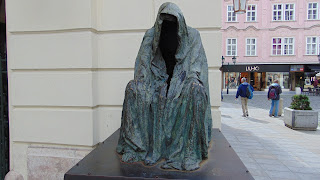








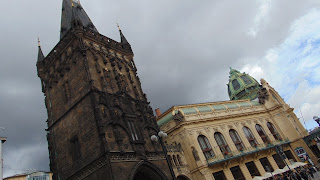

































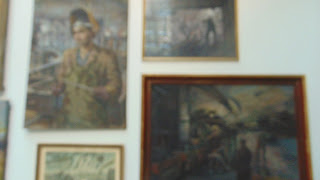


































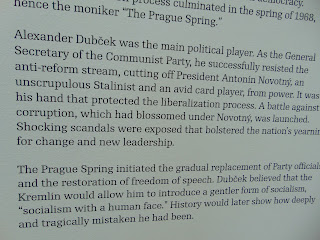











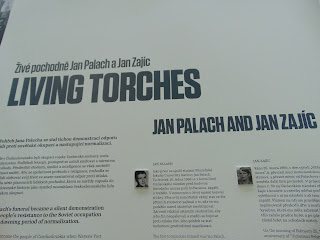

































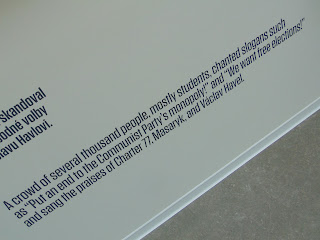






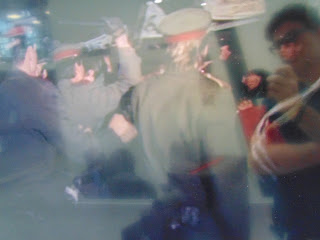

































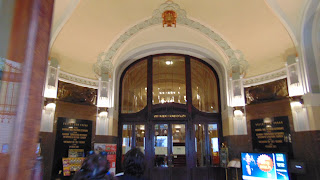






























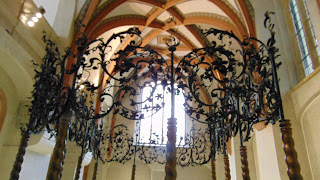












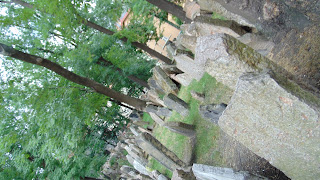







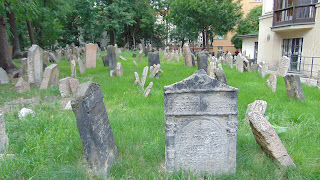















































































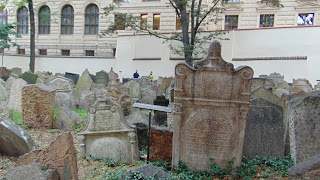




















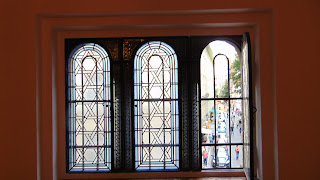
























































No comments:
Post a Comment